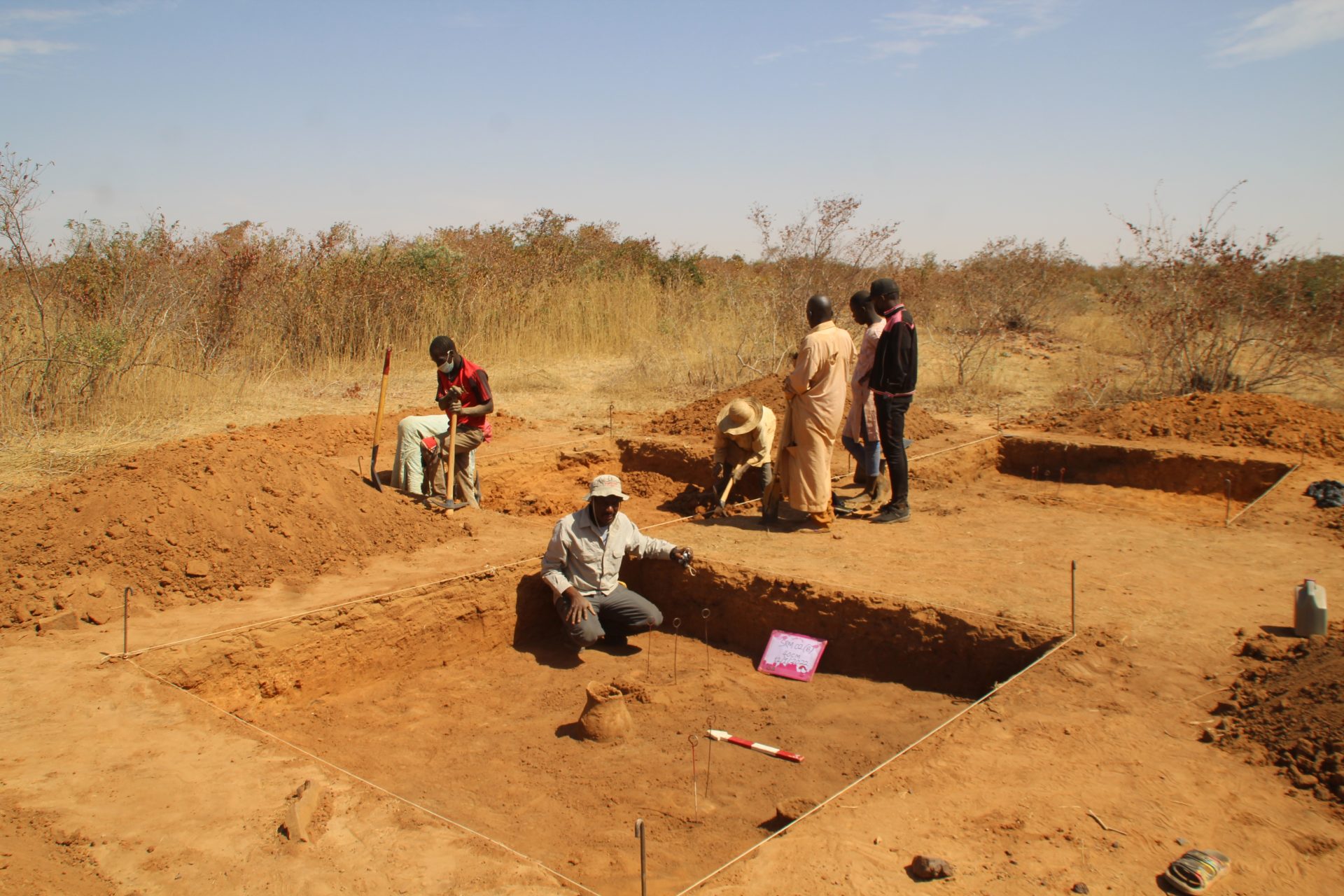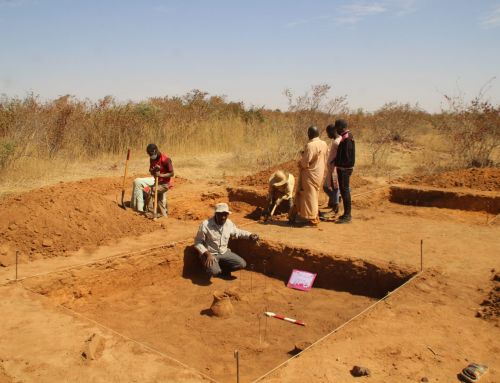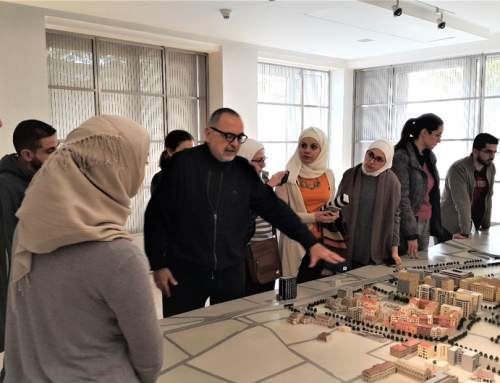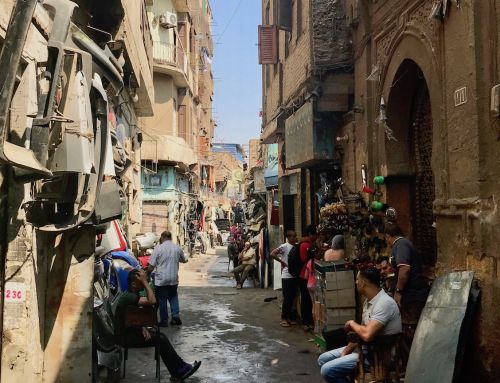The concern of this research is to reconstruct the inward orientation of space within the domestic architecture of Surame. The traditional domestic and by extension, the community environments are some of the important archaeological material manifestations of Islam in sub-Saharan Africa. Between January 7-February 3, 2022, this author conducted excavation at Surame, Nigeria funded by the Barakat Trust. The excavation focused on a spot (N 13º 05’21.20’’ E 04º 54’31.91’’ and about 291m above sea level) where pots and pottery pavement from an earlier excavated trench as part of a PhD, extended into both northern, western and eastern walls. As part of this project, all the latters’ three sections were extended by 5m so as to reveal more details in addition to what was earlier known. The extended trenches were labelled SRM 02 (A) north, SRM 02 (B) west, and SRM 02 (C) east, while the excavation followed an arbitrary spits of 10cm. The upper level of the latter trenches, 5 x 3m each, immediately on the three sides of the previous trench, continues to produce evidence of living room architecture and personal belongings such as transparent stone pendant recovered amidst the room’s wall foundations (A). Four pottery jars amidst stone foundations (B), and an upper section of a wall (C).
The middle level appears to have corresponded with the pottery pavement of the previous trench. Features that surrounded the pavement area were exposed (A), upturned pottery jar amidst a laterite floor (B), continuation of a vertical wall where some similar-sized stones arranged on top of each other, separated by possibly mixed sand, were exposed (C). The earliest occupation in SRM 02 (A), and SRM 02 (B) is a hard, weak red [10R, 4/4] lateritic soil mixed with concretions, while SRM 02 (C) cultural materials seems to have mixed sterile level, between the northern half with hard, weak red [10R, 4/4] lateritic soil, and the southern part of with a dark reddish grey [5YR, 4/2] sandy soil. The survey of house ruins around these trenches and their paths in relation to their extent and settlement plan, conservation plans, as well as dates for the settlement phases are been awaited.






